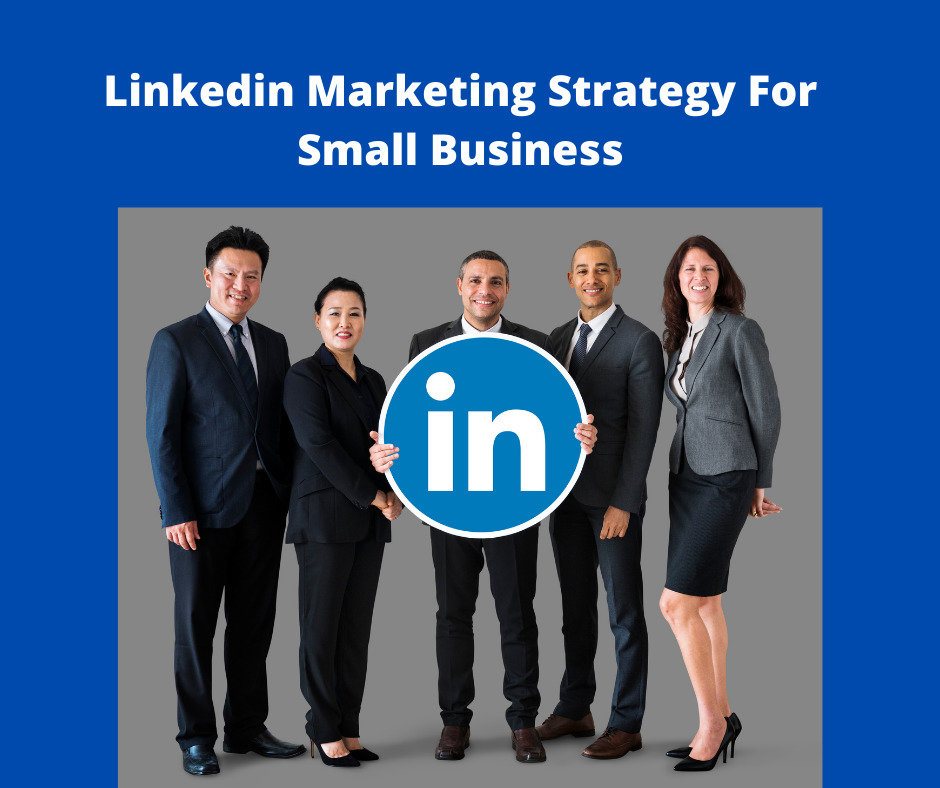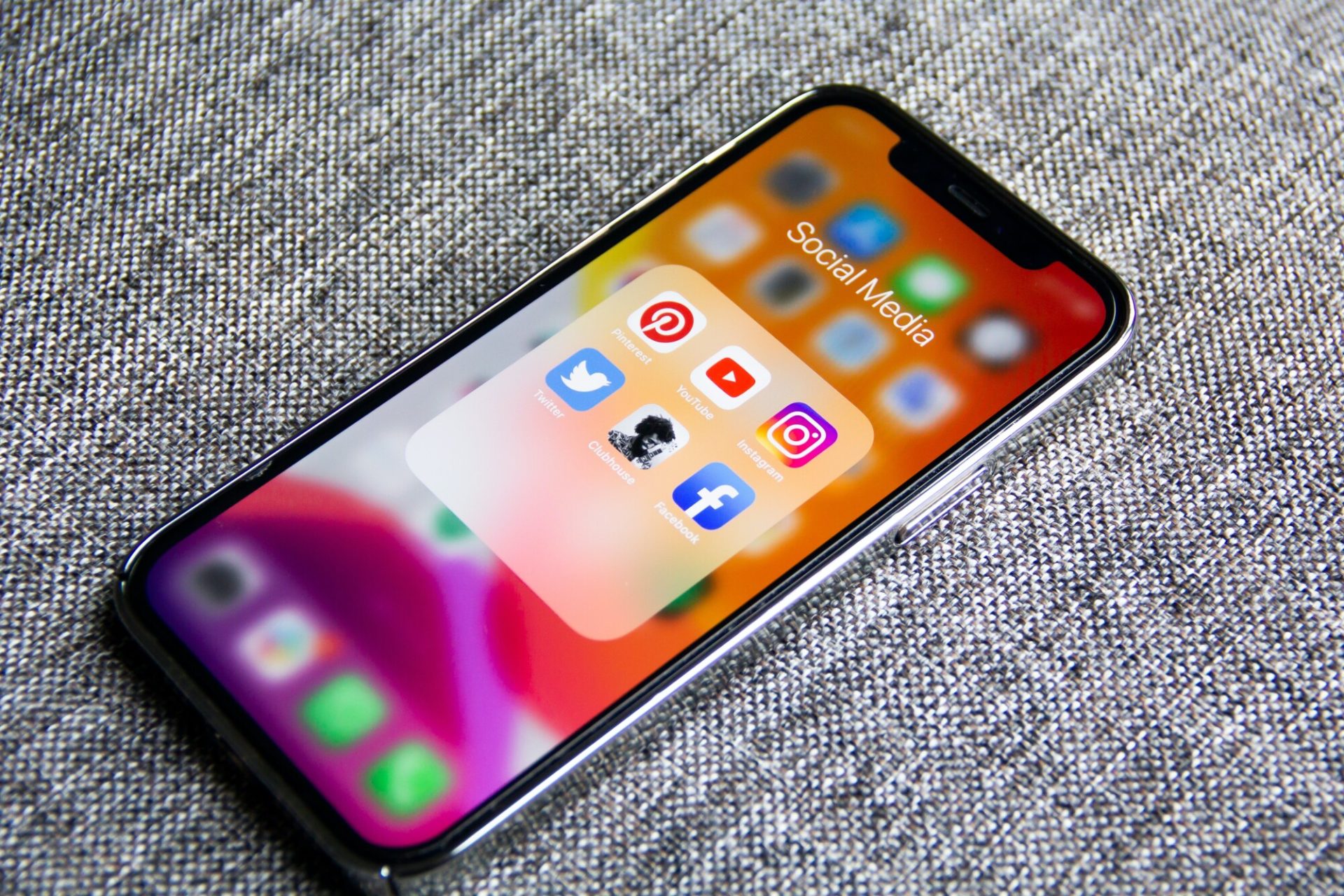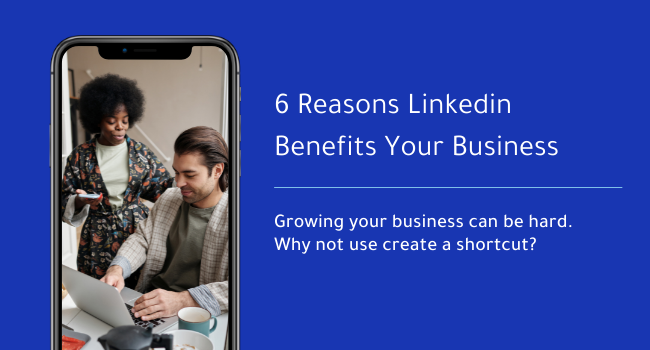Table of Contents
Introduction
Let's start this article with a quote by Stewart Gandolf, CEO of Health Care Success, "A goal without a marketing plan is just a wish."
Business owners, especially small B2B businesses, should take this quote seriously. Of course, it is important to have goals, but it is critical to have a plan in place and implement it correctly. For example, if you are a start-up company or own a small business unit, you would likely be multi-tasking between customer service, sales, and record-keeping. Managing these departments together can be overwhelming, but thanks to tools like LinkedIn that help the B2B businesses succeed. That is why it is important to have a Linkedin marketing strategy for small business.
About LinkedIn

LinkedIn was launched in the year 2003 with the purpose of building connections, career-building, and sharing ideas. However, it has now become a strong social network of professionals. This meaningful network allows businesses to share content with customers, employees, competitors, and potential employers.
In 2021, LinkedIn had approximately 774 million users, making it an ideal social networking platform for small businesses. In addition, it can help you achieve your marketing goals conveniently.
What is LinkedIn Marketing?

LinkedIn is the number one platform for B2B lead generation. It has twice the buying power of the average web audience and helps you drive business decisions.
The practice of using LinkedIn to build connections, generate leads, boost brand awareness, foster business ties, and alliances, exchange quality content, and drive traffic is referred to as LinkedIn marketing. Because of its effectiveness in establishing professional networks, LinkedIn has become a vital aspect of successful marketing strategies today.
Using LinkedIn to market your company enables access to several beneficial features, like analytics, brand building, and connections, to mention a few.
Why Is It Important to Market Through LinkedIn?
You could be tempted to focus your social media marketing efforts on any other social media platform such as Facebook, Instagram, and Twitter. Those are excellent channels for reaching your target audience, but not tapping LinkedIn is a massive mistake. There are a number of reasons LinkedIn Benefits Your Business. As the world's largest professional network, LinkedIn generates 227 percent more leads than any other social network, including Facebook or Twitter, making it a critical marketing channel for your company.
LinkedIn Marketing Strategies
Let's talk about the most effective strategies to scale up your online presence and get potential leads.
Always keep an eye on your competition
In practically any form of business operation, this is a critical step. If you want to come at par with industry giants, you need to know how they operate and what makes them successful. This can be done by selecting around 5-10 competitors and visiting the LinkedIn Pages of your small, medium, and large competitors.
This approach gives them an idea about their target audience, the type of content the competitors are posting, and the content ideas they're using to generate content engagement.
Keep your images and banners up to date regularly
Consider the profile image and banner on your LinkedIn page to be the face of your company. Small business pages having a good quality cover image and banners tend to attract more potential customers, specifically organic traffic. Keep all company images updated for a solid first impression.
However, you should avoid posting stock images as they do not create engagement.
Use Brand Relevant Keywords
In terms of Search Engine Optimization, visitors use keywords and phrases to search about a particular topic. The quality and relevancy of keywords help attract the relevant people to your LinkedIn page. Therefore, you need to identify keywords that the searches look for and those with higher search volumes.
Once you have identified the relevant keywords, you need to add them to your LinkedIn page and other content types such as long-form content (blog posts). Again, this activity helps attract a relevant target market.
Fill In the Information in All Key Fields
Providing your business information on your LinkedIn Page is mandatory. Try filling in all the relevant fields to keep your potential customers updated. The information requires the following:
- Company Size
- Business Location
- Company website
- Industry
This step is crucial for small businesses as they may lose clients due to missing information. In addition, complete profiles tend to get 30% more views every week. So don't overlook any fields to be noticed by prospects, future employees, and customers.
Create an Interesting "About Us" Section
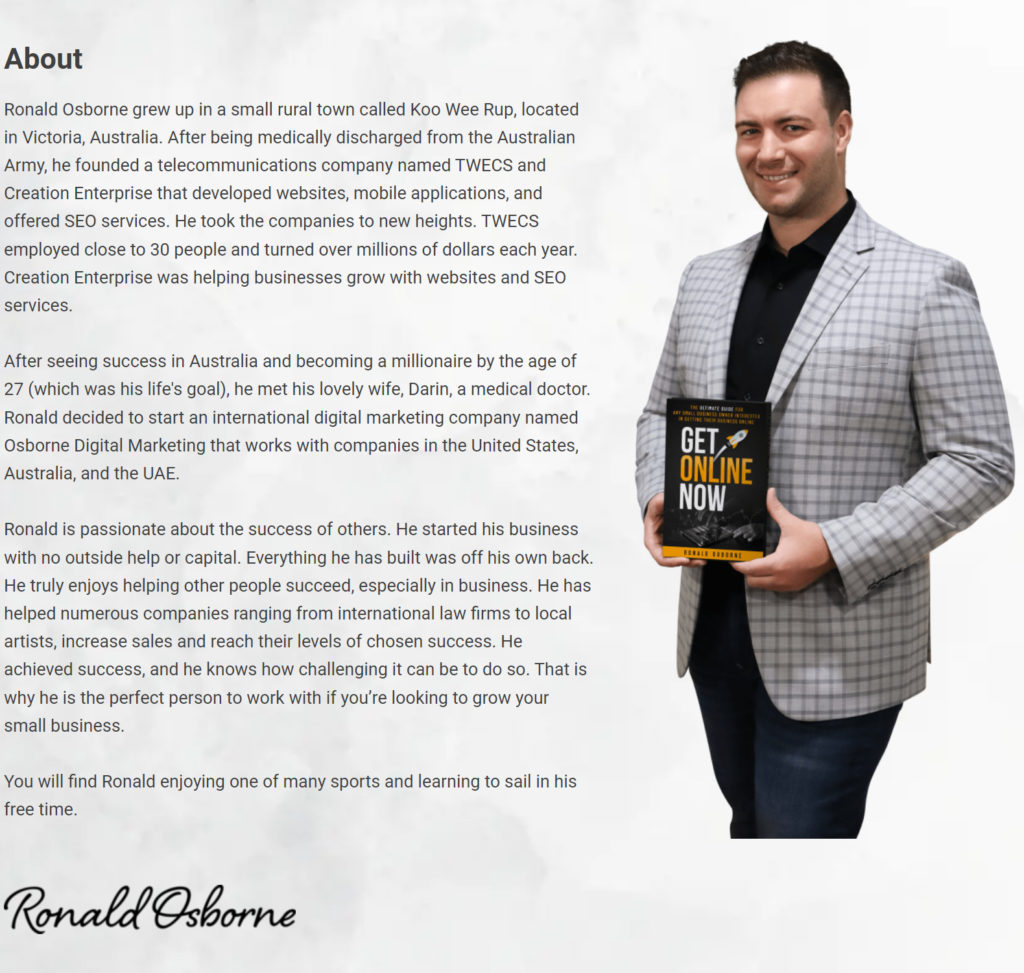
Write about your business in a way that engages people. Although images say a lot, your company story is the original content that attracts visitors to your page. Try using simple and understandable terms to let people know about your identity, mission, and goals.
Post Content Regularly
Although the "About Us" section and images can bring visitors to your website. It is important to provide them with content that keeps them coming back. Provide your company description and post rich content such as actionable content, infographics, video content, and regular blog posts to retain the traffic.
Repurpose Your Content
This process is also known as content recycling. If a piece of content has given you more views and likes, you can use the entire content of some existing content elements to expand its reach. It is advisable to change the format if you plan to recycle your content. If you add value to the existing content, it will be perceived as informative content and get you more traffic than the last time.
Gather LinkedIn Endorsements
Endorsements are a great way of showing business credibility. You can ask peers or connections who have worked with you to write a LinkedIn endorsement. In return, you can offer to endorse them as well. This activity is beneficial for both parties as you collect positive recommendations.
Your endorsements will be visible when potential B2B connections try to research you. Use the Open Profile network to boost your visibility and connect with new partners if you have a Premium account. Making your profile public makes you more identifiable.
Promote Your LinkedIn Page on Other Social Media Networks
Marketing your page on and off-platform is essential to attract more visitors. Take advantage of your high follower count on any other social platform like Facebook or Twitter. Add a link to your LinkedIn Profile to increase the traffic from other platforms. Another way of increasing the page traffic is to add the link on your website, email signatures, and business cards.
Be Responsive
Whether you are a start-up company or have a small business, you must adopt a professional approach and be active online.
You must interact with your audience wherever and whenever possible if you want people to recognize your brand. Asking questions and beginning conversations, responding to requests and sending direct messages, sharing and commenting on other people's work, and just getting out there and making oneself known on the platform are all examples of this.
LinkedIn Marketing Tips for Small Businesses
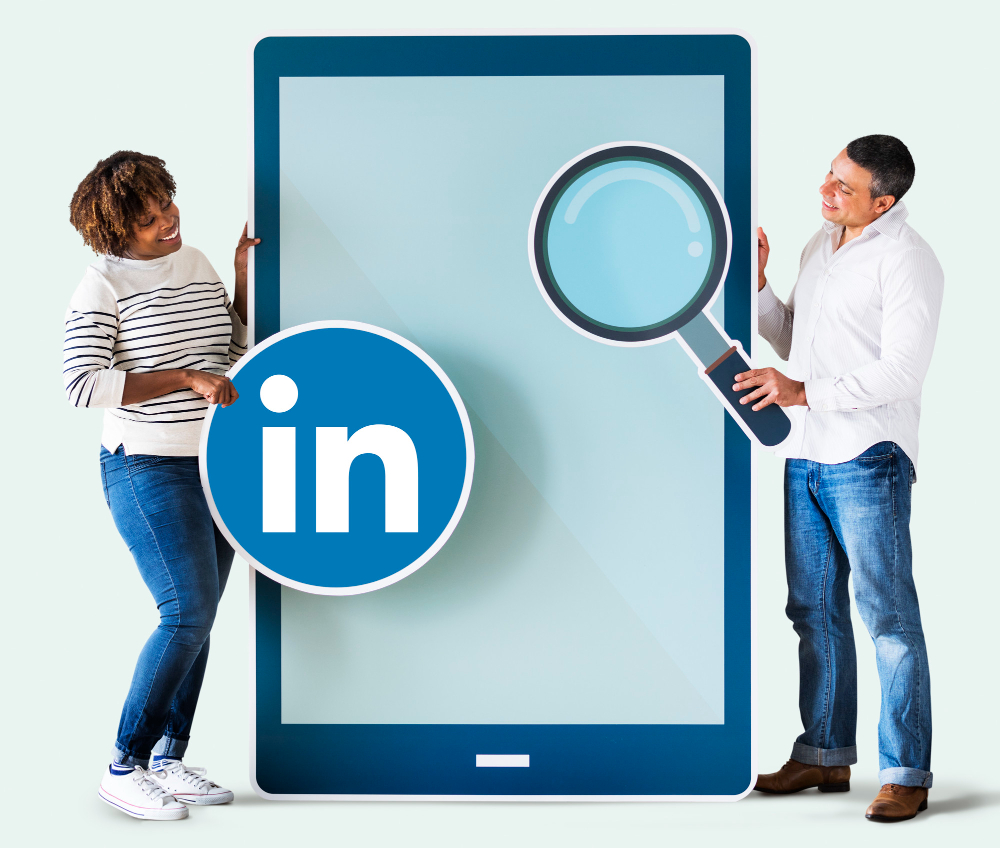
Create a Personal Profile
A personal profile is as important as your company profile on LinkedIn. It facilitates your LinkedIn marketing strategy. It is like your personal hub and can be used for professional networking, sharing content, creating thought-leadership content, and enlisting your previous experience.
Optimize Your Profile and Your Business Profile
Once your marketing team creates a page, it needs to be optimized to get attention. This can be achieved by sharing external links and links to your blogs and company profile. Another way of optimizing is to use keywords that visitors type in the search bar. Then, place the keywords in your summary, headline, and experience section in your profile.
Grow Your Network
One of the most effective ways to use LinkedIn is to build a strategic network. Here are some suggestions for expanding your LinkedIn connections by building a strategic network.
- Begin with the professional connections you already know.
- Reach out to people who are industry experts to start building your network.
- Use LinkedIn to learn about your professional connections that may not be your first-level connections.
- Use the Advanced Search option to find uncommon connections having similar interests.
You can connect with the following people through LinkedIn:
Colleagues

These are the first-level connections as they belong to the same niche. It is convenient to create a connection with people of the same field. This leads you to find 2nd and 3rd level connections who may not be your direct connections.
Prospective Customer
This can take a little while, but LinkedIn is ideal for generating leads. These fall in the 2nd and 3rd level connections. You can join the LinkedIn Group followed by your potential customer, enabling you to share content and connect with a larger group of people.
Client Connectors
These are the people who are not your desired potential customers. However, they are linked to your target market and connect you to your leads. Again, this is a time-consuming effort, but it does pay off for small businesses.
Sending a personalized message to your prospect is a way to get accepted as their connection. Share what benefit you can provide them, and talk about your mutual connections.
Connect With a Purpose
It is not about how many connections you have on LinkedIn that matters. Your connections should be relevant to your goals and industry. If you are eager to achieve a number, you can work on 500-600 connections. But make sure they belong to the niche you are targeting for increased conversion rates.
Join an Existing LinkedIn Group
Becoming part of a LinkedIn Group gives you several advantages such as:
- Boosting brand awareness
- Content sharing
- Expand your contact list through mutual connections
- Participating in industry-related discussions
- Sharing thought leadership content for your industry.
- Sending messages to people having a first-degree connection in addition to your Group members.
Create a LinkedIn Group
This is very helpful if you want to become a prominent thought leader in your industry. In addition, having your group helps create brand awareness generate leads and new content marketing ideas.
Communicate with Group Members
You can easily communicate with your group members by creating a group post or sending messages as conversation starters. You can even share promotional content, thus increasing the chances of lead generation.
Send InMail Messages the Correct Way
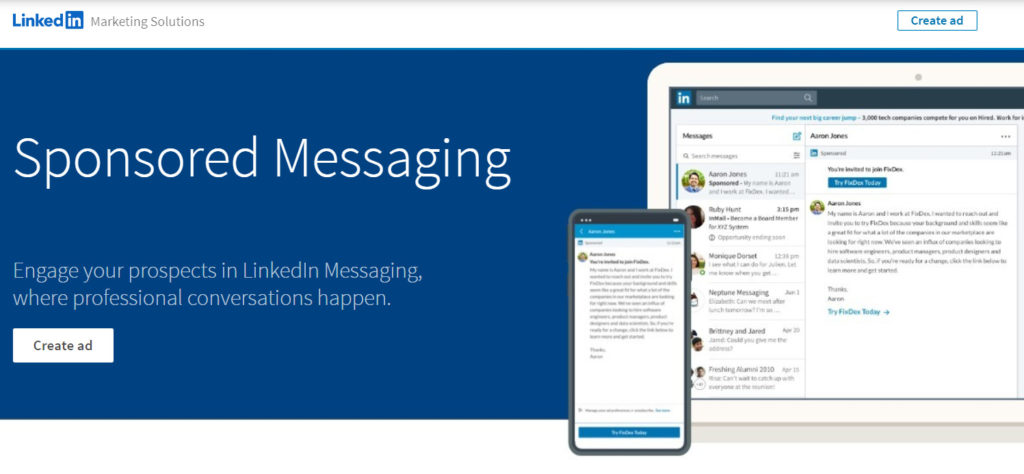
Using LinkedIn as a platform for cold selling can be overwhelming as it is hard to build many connections and personalize your message for each connection. It is advisable to create a message template to build an email campaign. You can add your name and an anecdote to grab the attention of your contact person. To send messages to your potential customers, you should know the following:
- The right time for sending messages; weekday mornings are preferable.
- Look for prospects already following your business or having common connections.
- Keep your InMail messages short and precise.
- Utilize the subject line to personalize the message, such as the receiver's name, title, or niche.
- Always add a call to action (CTA) to make the message more realistic. For example, Live Chat, Call Us, etc.
- Your message should address the buying needs of the prospect.
Analyze LinkedIn's Algorithm
The algorithm works around ranking. Your focus should be on generating high-quality original content relevant to your target market. Such content generates engagement and interactions. More interactions result in a higher ranking on search engines. Initiate polls or ask questions to increase the number of interactions.
The LinkedIn algorithm chooses to rank your post on the following criteria:
- Connections with people
- Relevance to the interests of your target audience
- Probability to engage
LinkedIn tends to display posts to the relevant audience, so give a shout-out to your colleagues and employees whenever you post something related to your industry for more engagement.
Find B2B Leads From Your Connections
Small businesses should use multiple profiles to find new leads and identify common interests. Social selling can be initiated once a lead is found. You can message the prospect to mention your mutual connection and interests in this process. According to a study, social selling has benefited small businesses by generating 45% additional sales opportunities.
Export Connections
The connections you build on LinkedIn may help you boost traffic to your website and expand your consumer base. Exporting your connections to a contact management system is a good starting point.
Choose Export Contacts under Advanced Actions to initiate exporting your LinkedIn connections.
Keep the Focus on Conversions
Using LinkedIn is like being at a constant networking event. You should not lose hope if people do not respond to your connection request or personalized messages. Instead, keep expanding your network to maximize sales.
Conclusion
You're ready to put your LinkedIn marketing strategy into action now that you've learned the ins and outs of doing so. But, first, you should assess your current digital marketing strategy to expand your marketing approach to additional social networking platforms.
With so many new features and upgrades on the way, we're excited to watch how LinkedIn continues to grow as a valuable resource and platform for marketers, job searchers, candidate seekers, and business owners. First, utilize the strategies and tips for getting started with LinkedIn marketing. Then, make your small business grow into something successful.
